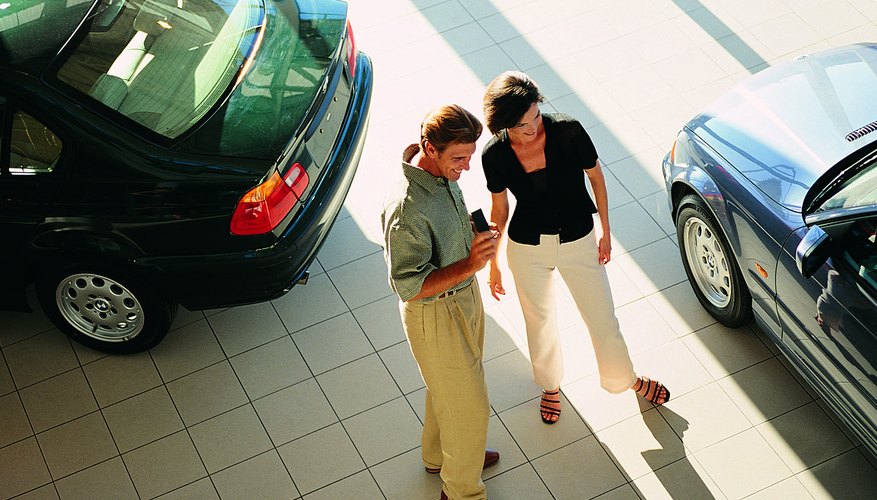The E36 and E46 belong to BMW's 3 Series, which consists of upscale, midsize vehicles. The E36 was manufactured from 1990 - 1998 to replace the E30. In 1998, production of the E36 was halted and the E46 was introduced as its successor.
The E36 and E46 were available in coupe, convertible, sedan, hatchback and estate car body styles. Automatic and manual transmissions were available for the E36 and E46; however, BMW instituted a few changes when it launched the E46.
Dimensions and Wheelbase
The E46 was longer and wider than its predecessor, gaining as much as 3 inches in some instances. BMW lowered the height of the E46 coupe, sedan, hatchback and estate car by roughly 5cm / 2 inches; the convertible was lowered by an inch. The wheelbase increased from 2.7 metres/106.3 inches with the E36 to 2.72 metres/107.3 inches with the E46.
Exterior Design
The E36 had a unique exterior that featured a gently sloping hood and rounded nose. The E36's silhouette was dubbed the "dolphin shape" by car enthusiasts. When the E46 was launched, it veered from the E36's aesthetics, featuring curvier front lights and more stylised tail lights.
Performance, Safety and Options
The E36 sedan offered a 2.8-litre, 185-horsepower engine. When the E46 was launched, the sedan was upgraded to include a 3.0-litre, 225-horsepower engine. Although the E36 had only front airbags for the driver and passenger, the E46 was upgraded to include side curtain airbags. In 2003, E46 models also offered an in-dash navigation option, adaptive headlights and side turning indicators.
- The E36 sedan offered a 2.8-litre, 185-horsepower engine.
- When the E46 was launched, the sedan was upgraded to include a 3.0-litre, 225-horsepower engine.
